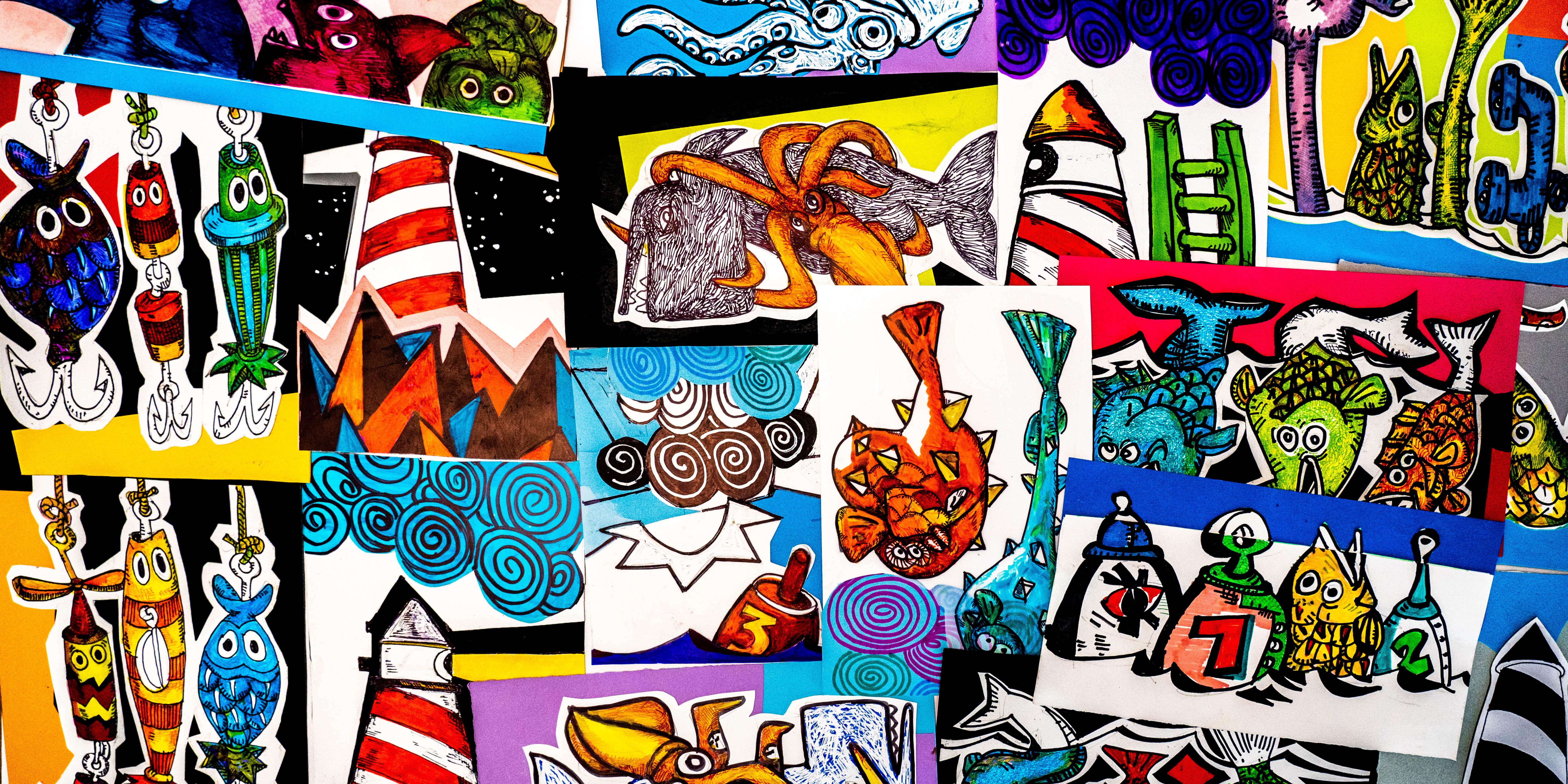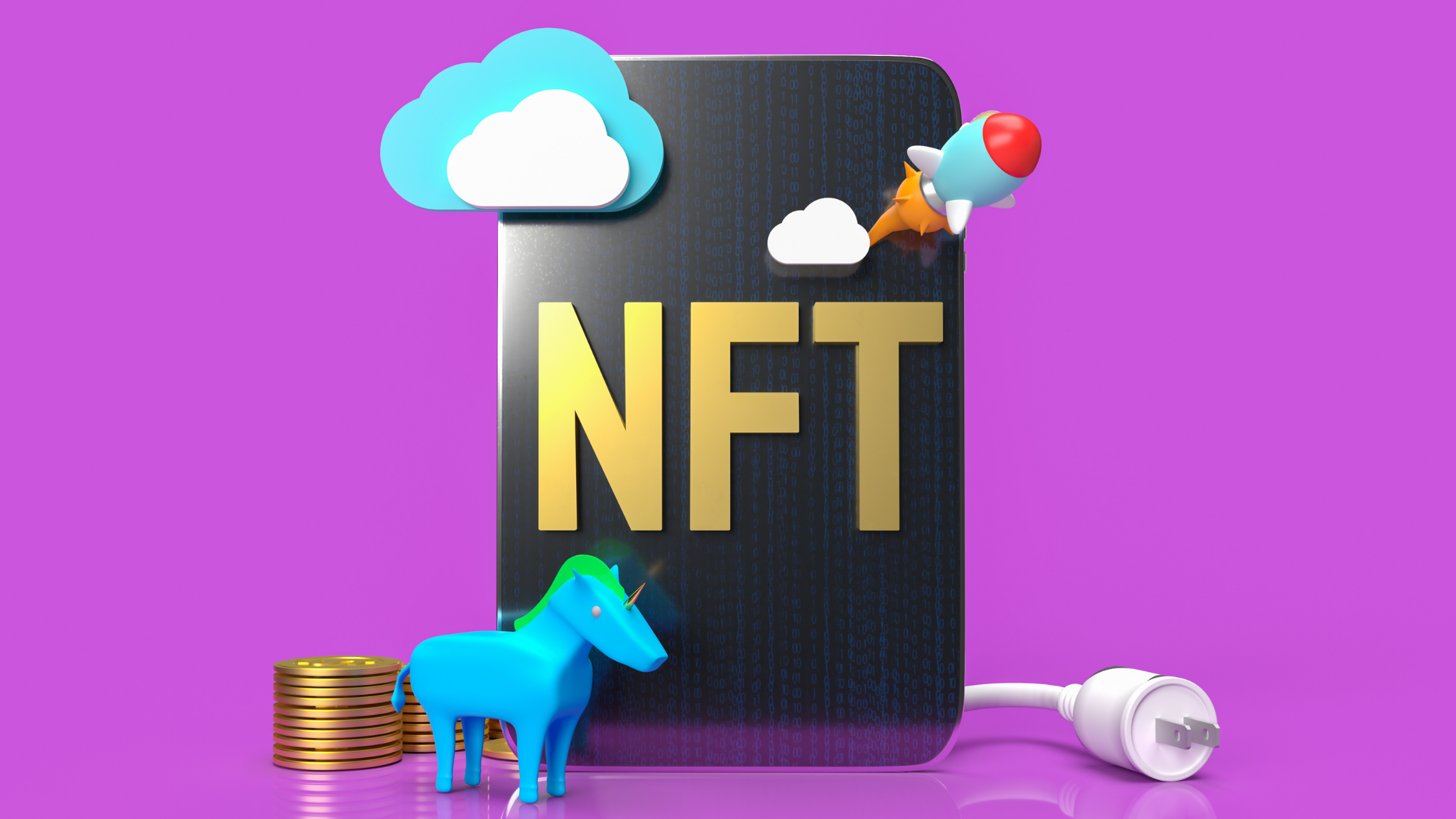The Evolution of Art + Charlie Hewitt

Working with and getting to know our customers is one of the best parts of my job. And it's been really fun to work with the team at Charlie Hewitt Studio, who are releasing their first collection of NFTs later this month. Art is nothing new to the world of NFTs. But what is different about this project versus the JPEGs seen in the early days of NFTs is the motivation behind it.
The Hype Machine
Most of the world was introduced to the concept of NFTs through splashy projects that made headlines for their ever-increasing prices that turned ordinary people into overnight millionaires. These colorful squares appeared seemingly out of nowhere and garnered prices that most artists can only dream of. But the hype was, not surprisingly, quick to fade out.
In the late 90's, people bought dot-com websites in the hopes of turning a quick profit for a desired URL. And that could only be done so many times before the initial novelty – and value – wore off. (Also, it was a terrible business model.) Today, however, the internet is the backbone of e-commerce, modern communication and entertainment. Who can imagine life without it? Crypto and NFTs have followed the trajectory similar to that of the internet in its very early days. Skeptics have been vocal about the longevity of NFTs for this very reason, but time (and practical use cases) will prove them wrong.
Preservation, Not Speculation
There is a strong case to be made for why conventional artists should be eager to embrace NFTs. And not just as another medium, but as a way of digitizing and preserving physical art.
This is the very reason that Charlie Hewitt Studio approached Chainstarters. A prolific artist with pieces in the permanent collections of the Metropolitan Museum of Art, Whitney Museum, New York Public Library, and Library of Congress, Charlie feels that it's important to preserve his life's work for future generations. NFTs are the perfect vehicle for this because of the verification of authenticity and ownership provided by blockchain technology.
Old Art, New Tricks
The art world may scoff at this idea. Why shouldn't artists embrace this new technology? "But," you may say, "a painting is meant to be enjoyed in its original form, not through a screen!" Well, movies were originally meant to be enjoyed on a huge screen in a theater, and now the world gets upset if something is not released on a streaming platform. We watch movies on our televisions, computers, tablets and even phones! How we watch them does not detract from the fact that we can enjoy watching them in all these different ways.
Charlie understands this, and he is very forward-thinking in his approach. He says, "My audience has changed from old-school thinking about paper, canvas, ceramic, metal, to JPEG. Now that’s throwing people off the same way that photography changed and blew people away in the early 1900’s. Everyone went, ‘That can’t be art. That’s not okay.’ It turns out that photography helped painting because artists would take a picture of a still life and work from that, even after the still life is gone."

NFTs are shaking up the art world the way that photography did a century ago. Physical art can degrade, lose color, get lost, or be destroyed. It can also only reach a certain buyer pool because of geographic limitations. Digitizing art and turning it into a unique, verifiable asset is a practical solution for these very real problems. It may not be enjoyed in the same way, but it will be able to be enjoyed for a lot longer – forever, theoretically – and be accessible to a greater number of people! It should not be seen as a threat. "This is not the only art form," Charlie says. "None of the other things lose value; it just adds another color to the spectrum."
Imagine if writers never wanted their work to be preserved. The world would be deprived of so much incredible storytelling if some of the greatest pieces of literature had not been digitized in order to be enjoyed by generations for hundreds of years to come. You can download Hemingway's works in audio form or to an electronic reading device. Movies shot on actual film are now available to watch on TV in the comfort of our homes. We have never thought twice about using technology to ensure that works of literature and film can reach audiences forever, even if the method of delivery is not in its original form. Why should visual art be exempt from this opportunity?
Art is meant to tell a story – both in the time it was created and over generations. It is a reflection of the period in which it was made. And in its digital form, it can last forever. (Not only that, but you can essentially take it with you wherever you go because it's always accessible through a device.) NFT art makes sense because it is public and transparent. The verification of authenticity that an on-chain transaction provides is the assurance any artist needs to know that no one could ever claim something that is not theirs.
Your Brand, Your Control
Charlie put it best when he said to me, "“I don’t know how the cell phone works, but I know what I want from it.” The same is true for this new medium. Artists do not need to understand all the ins & outs of blockchain technology in order to create NFTs; they just need to know how they want to use them.
Chainstarters offers a solution that allows anyone to do this easily. It's your work, your narrative, and your community. You should be able to have control over how you connect with them.
Best of all, you can get started for free.


